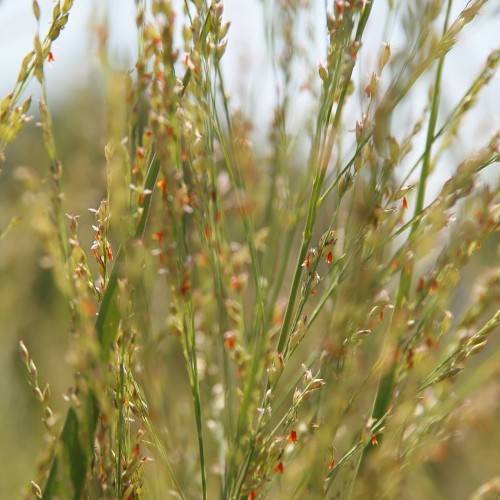
panic grass
Panicum bulbosum
Cycle:
Perennial
Watering:
Minimum
Hardiness Zone:
6 - 9
Flowers:
Flowers
Sun:
Full sun
Leaf:
Yes
Growth Rate:
Low
Maintenance:
Low
Salt Tolerant:
Yes
Invasive:
Yes
watering
Panicum bulbosum should be watered moderately, about 1 inch per week throughout the growing season. Avoid overwatering, as this can lead to root rot and other issues. It is a drought-tolerant plant, so allowing soil to dry slightly in between waterings is ideal. Panic grass does prefer more water later in the season when temperatures begin to drop, as well as more regular showers after establishment. During exceptionally hot summer months, increase watering to prevent wilting and keep the soil moist.
sunlight
Panic grass (Panicum bulbosum) typically prefers full sun but can tolerate light shade if needed. It requires 6-8 hours of direct sunlight per day and will typically bloom from late spring to early fall. Plants grown in part shade may not bloom as abundantly as those grown in full sun.
pruning
Panicum bulbosum should be pruned twice a year to promote bushier growth. The first pruning should occur in late spring when it has finished flowering and the second should occur in late summer or early fall. It is best to lightly trim the plant in early spring and then prune again in late summer. When pruning, remove the tallest stems and any dried leaves or flower heads. For best results, try to remove roughly a third of the height of the Panicum bulbosum.
